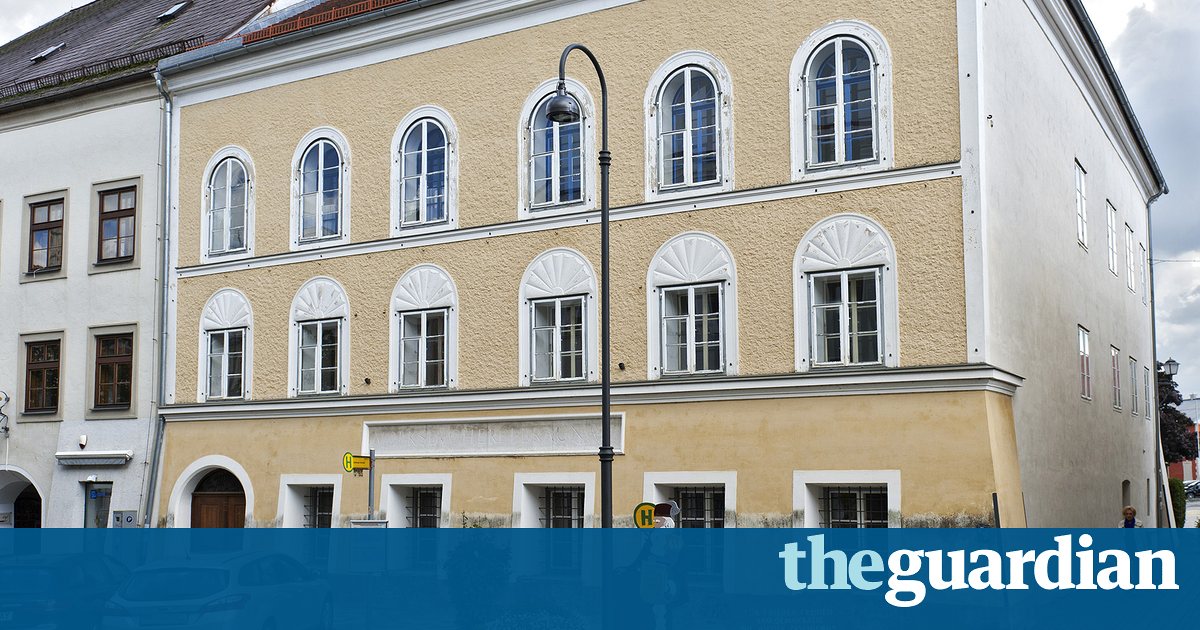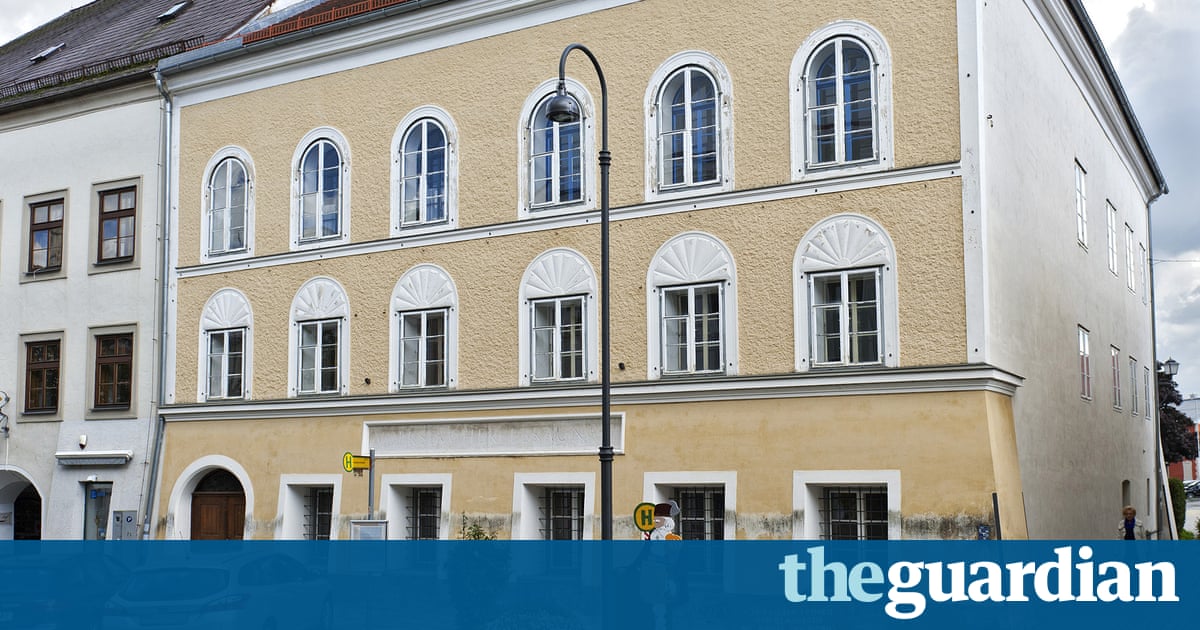Reclaiming Nazi buildings: what should Austria do with Hitlers old house?

The question of what to do with sites linked to the Third Reich has long vexed governments and demolition is not the only option

There is confusion in Austria as to whether the authorities will tear down or redesign the house in Braunau am Inn where Adolf Hitler was born in 1889. Some reports say it is to be replaced by a new building, others based on a statement released by the interior minister, Wolfgang Sobotka that it is to be reconstructed to make it unrecognisable. An architectural competition is expected to attract international bids, with the aim of cleansing the structure of any association with the Nazi leader, thus diminishing the attraction for neo-Nazis. Either way, the foundations will remain.
The question of what to do with Nazi structures has vexed authorities for the past 70 years. The Fhrerbunker in Berlin, the subterranean chambers where Hitler took his own life, was buried under a Berlin car park by East German authorities. However, while the bunker is no longer visible above ground (its inner chambers are still intact), most people familiar with Berlin would have little trouble locating it, helped perhaps by the local authorities decision to build a plaque in 2006 to guide World Cup fans.
In reality, the ghosts of these places rarely go away as the town of Braunau will likely find out long after it has converted Hitlers birthplace into a labour office or a cultural centre (just two of the options proposed by Sobotka).
Size and impracticality have often prevented the demolition of Nazi structures: the Wolfsschanze, or Wolfs Lair, where Hitler spent more time than anywhere else; the Eagles Nest, his mountain retreat chiselled out of a rockface in Bavaria; and the Nazi rally grounds in Nuremberg are just three examples of Nazi sites that are now popular tourist attractions.
Reclaiming prominent structures has often been the most popular way of dealing with them. Prora, the abandoned, concrete Nazi holiday resort that stretches for 2.8 miles along the Baltic coast, was for decades a headache for authorities too big to destroy, too ugly to use. But, helped by Germanys booming property market, it has now been turned into a luxury resort of beachside apartments. No one questions the morality of holidaymakers enjoying them exactly as the Nazis had intended, although the idea is, for some, sinister. Similar treatment was given to the colossal Olympia stadium built for the 1936 Olympics which was renovated to great fanfare in 2004. Werner March, the architect who built the stadium for the Nazis, also built the Waldbhne, or Forest Stage, a 22,000-seat amphitheatre used today for everything from rock to classical music concerts.
How Austria decides to deal with the Braunau house will be a test of courage.